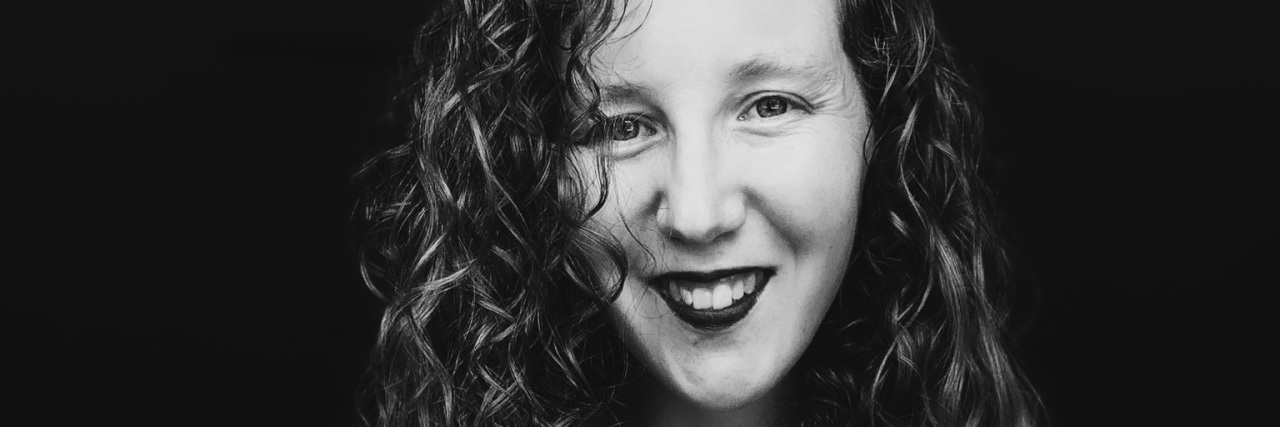Living with a congenital heart defect and being autistic, I’ve been disabled my whole life, but until recently I didn’t like being called disabled. I felt that because you couldn’t see my disability, I wasn’t “disabled enough” to use the word. I thought the label held me back. Living with an invisible disability, any time my disability affected me and I had to remind others, my disability was dismissed by doctors, teachers, friends and acquaintances.
“You look fine.”
“You must not be really disabled.”
“You’re exaggerating.”
“You just want attention.”
It made talking about my disability hard. I felt a sense of guilt about my disability. Although on the outside I looked fine, it took every part of me to hide what I went through every day. It wasn’t until I started to take pride in my disability that I found peace. As a person with an invisible disability, disability pride month means that I don’t need to mask my disability. I started being open about my disability because it made me who I am today.
Ableism and internalized ableism shaped me as a child and young adult with an invisible disability. Living in a small town at a time when social media was just starting, I didn’t have other disabled people who were like me that I could look up to. I never knew that you could have a disability and be proud of it. I didn’t know that disability could define and shape you into someone who is strong and powerful and could give you the strength to stand up for yourself as well as others. There was so much stigma around disabilities. So I pretended to not be disabled so I could be like everyone else. But as I got older, I realized that not talking about my disabilities was harming my mental health, it was affecting the type of care I was getting from doctors, and it isolated me further from people. I was tired of hiding my disability from others. I was tired of not talking about it. My disability is a part of my identity.
Disability pride became an integral part of who I am. Once I started to take my mask off, I really stopped caring what other people thought of my disability. I wasn’t ashamed if what was invisible became visible. I learned that it was OK as an autistic to stim publically. I started sharing my experiences growing up with a congenital heart defect. I stopped feeling like showing my surgery scars was a cry for attention. When people ask me about my scar, I either tell them about my disability or I don’t. Having disability pride doesn’t mean that I owe other people my story. It just means that I stopped listening to the people who told me what my disability should mean to me and I started defining it for myself.
As a disabled adult with an invisible disability, disability pride month means not hiding behind the mask of invisibility. It’s not being afraid to share your struggles with your disability. It’s letting your scar(s) show. It’s combating society’s ableism as well as working through my internalized ableism. It’s not feeling guilty and taking pride in your disability. This month and every day, I’m taking pride in my disability.

